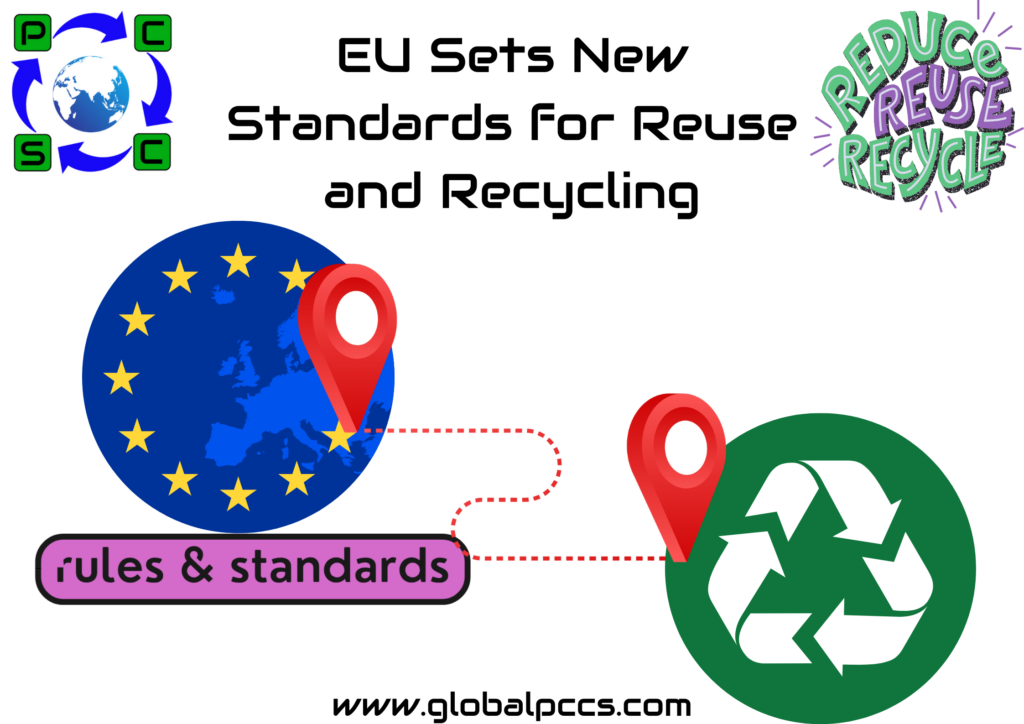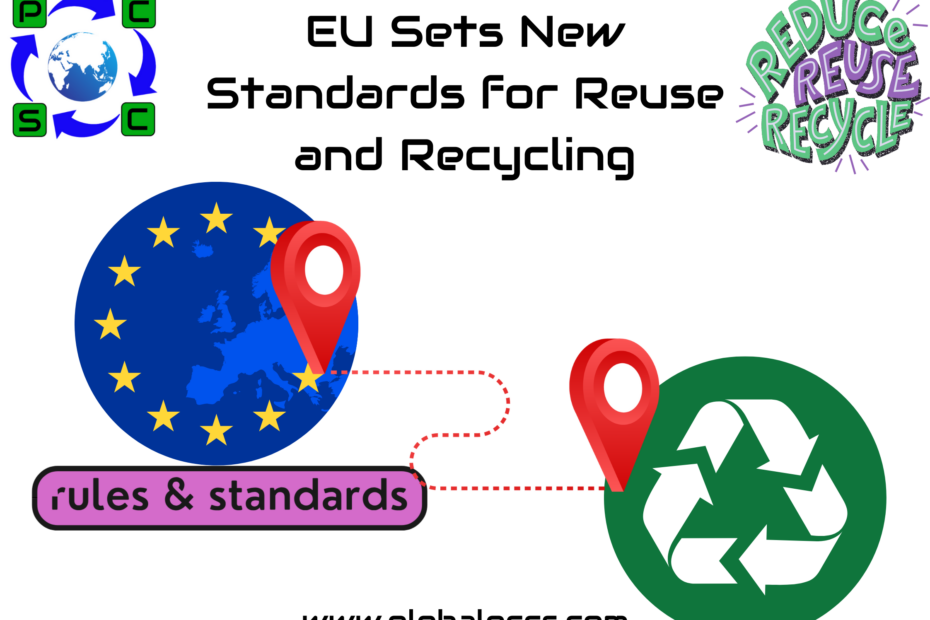 Introduction
Introduction
Reuse and recycling are two important concepts in environmental sustainability, waste management, and resource conservation. They both aim to reduce waste, lower environmental impact, and promote the efficient use of resources, but they do so in different ways.
Reuse
Reuse involves using an item more than once, either for the same purpose it was originally intended or for a different function. This process extends the life of items, reduces the need for new products, and conserves resources and energy that would otherwise be spent on manufacturing, transporting, and disposing of new items. Reusing can be as simple as using both sides of a piece of paper, donating old clothes for someone else to wear, repurposing glass jars as storage containers, or refurbishing old furniture to give it a new life.
Recycling
Recycling is the process of collecting and processing materials that would otherwise be thrown away as trash and turning them into new products. This often involves breaking down the used items into their component materials, which can then be cleaned and processed into new items. Common recyclable materials include paper, glass, aluminum, steel, certain plastics, and more. Recycling helps conserve natural resources, reduces greenhouse gas emissions, and saves energy compared to producing goods from virgin materials. It also helps reduce the amount of waste sent to landfills and incinerators.
Key Differences
- Process: Reuse keeps the item in its original form, extending its life. Recycling breaks down the item to create something new from the material.
- Environmental Impact: Both reduce environmental impact, but reuse often has a lower impact because it requires less energy and resources than recycling, which involves processing and remanufacturing.
- Application: Reuse can be applied immediately and requires creativity and initiative, while recycling requires a collection and processing system to transform the materials into new products.
What does the standard cover ?
- Measures cover full life cycle of packaging
- Less packaging, less waste, restrictions on certain packaging formats
- Ban on “forever chemicals” (PFAS) in food contact packaging
- Each European generates almost 190kg of packaging waste every year
Measures cover full life cycle of packaging
Parliament and Council reached a provisional agreement on revamped rules to reduce, reuse and recycle packaging, increase safety and boost the circular economy.
The new measures aim to make packaging used in the EU safer and more sustainable, by requiring all packaging to be recyclable, minimising the presence of harmful substances, reducing unnecessary packaging, boosting the uptake of recycled content and improving collection and recycling.
Less packaging and restricting certain packaging formats
The agreement sets packaging reduction targets (5% by 2030, 10% by 2035 and 15% by 2040) and requires EU countries to reduce, in particular, the amount of plastic packaging waste.
According to the deal, certain single use plastic packaging formats, such as packaging for unprocessed fresh fruit and vegetables, packaging for foods and beverages filled and consumed in cafés and restaurants, individual portions (for e.g. condiments, sauces, creamer, sugar), accommodation miniature packaging for toiletry products and shrink-wrap for suitcases in airports, would be banned from 1 January 2030.
MEPs also ensured a ban on very lightweight plastic carrier bags (below 15 microns), unless required for hygiene reasons or provided as primary packaging for loose food to help prevent food wastage.
Banning the use of “forever chemicals”
To prevent adverse health effects, Parliament secured the introduction of a ban on the use of so called “forever chemicals” (per- and polyfluorinated alkyl substances or PFASs) in food contact packaging.
Encouraging reuse and refill options for consumers
Negotiators agreed to set a specific target for reusable packaging for alcoholic and non-alcoholic beverages (except e.g. milk, wine, aromatised wine, spirits) by 2030 (at least 10%). Member states may grant a five-year derogation from these requirements under certain conditions.
Final distributors of beverages and take-away food in the food service sector would be obliged to offer consumers the option of bringing their own container. They would also be required to endeavour to offer 10% of products in a reusable packaging format by 2030.
In addition, at Parliament’s request, member states are required to incentivise restaurants, canteens, bars, cafés and catering services to serve tap water, (where available, for free or for a low service fee) in a reusable or refillable format.
Recyclable packaging, better waste collection and recycling
Negotiators agreed that all packaging should be recyclable, fulfilling strict criteria to be defined through secondary legislation. Certain exemptions are foreseen for lightweight wood, cork, textile, rubber, ceramic, porcelain or wax.
Other agreed measures include:
- Minimum recycled content targets for any plastic part of packaging;
- Minimum recycling targets by weight of packaging waste generated and increased recyclability requirements;
- 90% of singles use plastic and metal beverage containers (up to three litres) to be collected separately by 2029 (deposit-return systems).








 Authorised IMDS & CDX Training & Consulting partner for
Authorised IMDS & CDX Training & Consulting partner for






